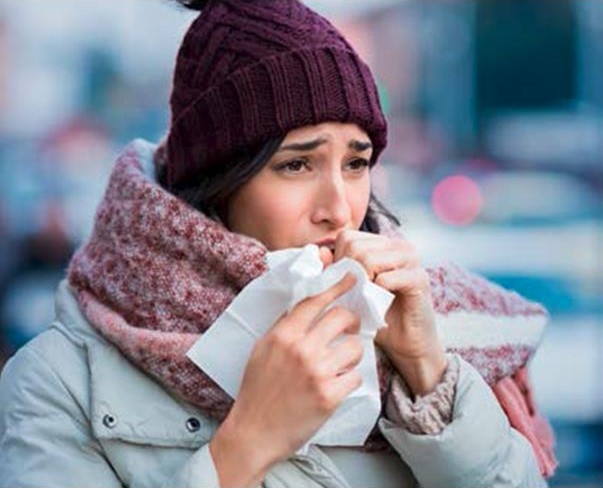Did you know that in cold weather, 60 percent of your body fuel is used to maintain body temperature? That means you must count on tiring more easily, and you will be more likely to suffer hypothermia or even frostbite outdoors.
A windy day is even worse. At 20 degrees, for example, a 15 mph wind creates an effective temperature of -6 degrees. A 30 mph wind means -11 and a 40 mph wind dumps the effective outdoor temperature to -22. Cold weather puts extra strain on your heart, so it’s important to avoid exertion. Shoveling snow, pushing a car, or even a fast walk might be a problem if it is very cold.
Decrease your chance of getting frostbite or hypothermia by dressing in layers for outdoor activities. Ideally coats should be water repellent. Wear a heavy knit or microfiber hat and face protection. Cover your mouth to keep cold air out of your lungs. Wear mittens instead of gloves for more warmth.
Stay dry. Change socks and other wet clothing to prevent loss of body heat. Wet clothes lose all insulating value and lose heat rapidly. Frostbite causes a loss of feeling and a white or pale appearance in extremities like fingers, toes, nose and ears.
Although frostbite is unusual with today’s excellent winter fabrics, if it does occur, warm the victim with blankets. Place the frostbitten area in warm (not hot) water. Do not rub the area. Give warm, not hot, nonalcoholic drinks. If the feet are involved, the Red Cross cautions the victim should not walk until he or she receives medical attention.
Article provided by Bluegreen Carpet & Tile Cleaning in Madison
